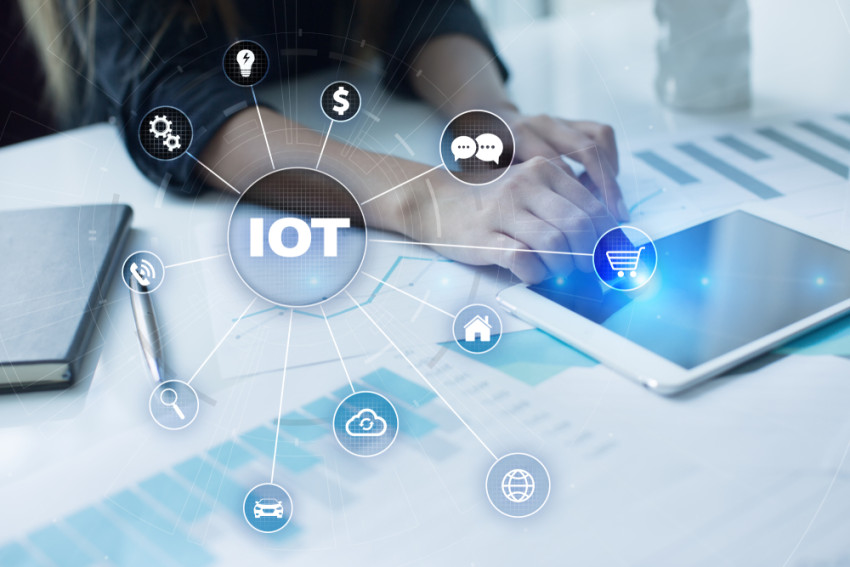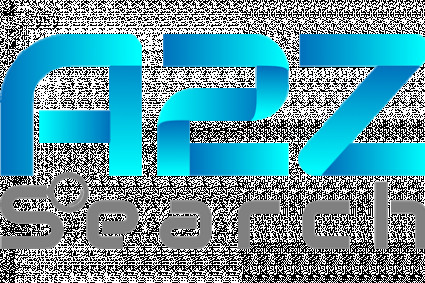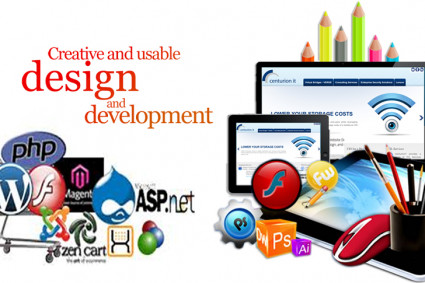
From healthcare to smart homes, the Internet of Things is changing things in various sectors. However, developing successful IoT applications within today's competitive and rapidly changing market is very tough indeed. The complex IoT ecosystem includes networked devices, sensors, and streams of data, all working together as well as in harmony and conflict. This creates some exclusive issues for the developers and businesses alike.
This article discusses the biggest challenges in the development of IoT applications and action plans on how to work through them. In line with the top IoT trends, the information presented here addresses the current issues and solutions that will ensure your IoT applications are not late in the curve. Irrespective of whether it is a developer, a project manager, or a business leader, these concerns and their resolutions have become indispensable for developing secure, scalable, and efficient IoT applications that can thrive in the constantly shifting landscape. Let's understand how we could simplify the intricacies of IoT and maintain the competitive edge in this constantly shifting space of the technology arena.
Top Challenges in IoT App Development
Here are the top IoT app development challenges:
Security Issues
IoT devices are unable to support advanced security protocols due to the fact that they are often built with minimal computing power. A potential vulnerability is presented by every connected device within an IoT network. These are often used as entry points for larger breaches. This is why IoT apps are more vulnerable when compared to a standard app. Some common vulnerabilities that occur are poor passwords, insecure ecosystem interfaces, insecure or outdated components, lack of device management, and more.
Connectivity and latency issues
IoT devices will suffer loss of connectivity and higher latency due to the diversity in network conditions where most are deployed. This means such challenges must be addressed for mobile applications that are real-time dependent. Since these apps are likely to ensure that users get information real-time.
User experience and usability
While building an IoT app, user experience (UX) and usability are crucial. Along with great performance, a good IoT application should also offer a smooth, intuitive, and enjoyable experience. Most importantly, if users are not able to figure out how to use your app or if it seems complicated then it won't gain traction. Even if it’s the most advanced IoT solution on the market, it will be of no use.
Diverse deceive ecosystem
Ranging from sensors and actuators to gateways and cloud platforms, IoT surrounds many devices. The hardware capabilities, communication protocols, and operating systems of these devices are significantly different. Therefore, it comes across as a challenge to develop a mobile app that can effectively communicate with and control a diverse set of IoT devices.
Data Management
Huge amounts of data ranging from sensor readings to real-time updates is continuously generated by IoT devices. There are multiple forms of this data, including batch uploads, real-time streams, and periodic updates. Managing this amount of data can be quite challenging. It has various problems like lack of data storage, poor data quality, latency or delays in processing, and data privacy and security issues.
How to Overcome these Challenges
Here are the ways to overcome the challenges above mentioned:
Security measures
Some security measures can help you improve the security of your app. Data transmission between IoT devices and the cloud can be secured by implementing encryption protocols such as AES. The use of end-to-end encryption has proved to secure data throughout the chain. Furthermore, through multi-factor authentication, there is an improvement in security. The system prevents unauthorized access, even in case the login credentials are compromised. Thirdly, you should ensure that your IoT devices and apps receive over-the-air (OTA) updates. This will allow you to address vulnerabilities rapidly and apply security patches without users having to manually update their devices.
Better Connectivity
These problems can be solved with the use of local caching, adaptive data transmission, and edge computing. It is because by the utilization of a local caching mechanism, it is possible for mobile applications to cache the data temporarily when the network connectivity is weak or is unavailable in the first place. Similarly, adaptive data transmission techniques can be used for optimizing data transmitted over networks depending on the connectivity conditions. Apart from relying purely on cloud-based processing, this system can, by using the concept of edge computing, process the data near to the source.
Better UX and usability
The UI has to be streamlined in order to make the UX and usability of your app better. It can be complicated with controls, but then ensure that the interface is clean and simple. You can enable voice control or allow your users to personalize the app, or offer first-time user guides to prevent the use of your app by technically incompetent users and people who have disabilities.
Better communication and control
These standardized communication protocols, for example, HTTP/REST, MQTT, and CoAP, can be used to make the connection established by mobile applications with a wide variety of devices correct. Developers also alleviate the complexity of working with heterogeneous devices by availing of middleware or IoT platforms offering a unified API for interacting with the devices. Finally, using a cross-platform mobile development framework like Flutter allows developers to write code to run on iOS and Android.
Data management policy and analytics tools
The lifecycle management of data helps in lowering the cost of storage and only stores valuable data. Well-defined policies on data access, security, and usage allow authorized users only to access the data. Creating such policies and standards preserve data integrity and security. More analytics tools and platforms, Tableau or Power BI, make it easier to find trends and to make decisions based on data by providing an opportunity to visualize large sets of data.
Conclusion
Developing IoT applications presents a unique set of challenges. As the IoT ecosystem grows, so do these challenges, due to this a strategic approach to app development is becoming a necessity. By addressing these challenges proactively, IoT developers in top mobile app design company in the USA and other countries are building resilient, secure and efficient applications that meet the needs of today’s connected market . As the demand for IoT solutions continues to expand, a balanced approach is also needed. It will help emphasize user-centric design, strong data management practices, and adaptable frameworks.




